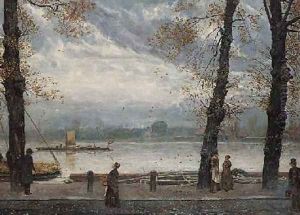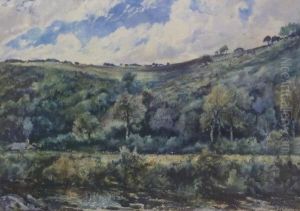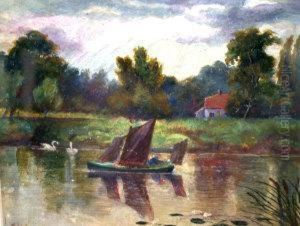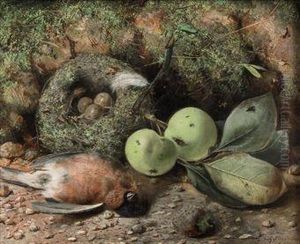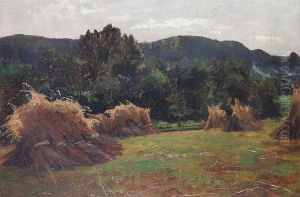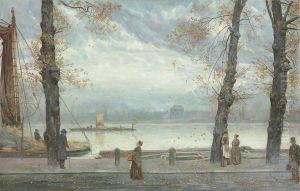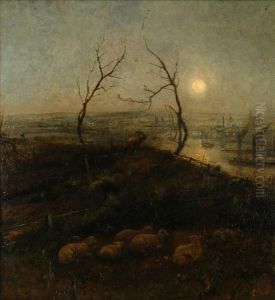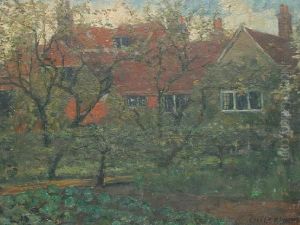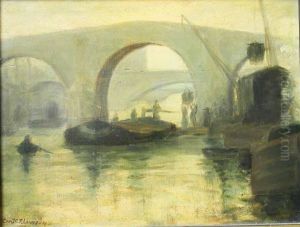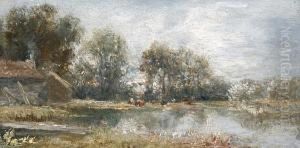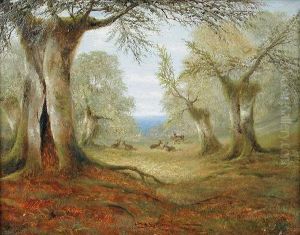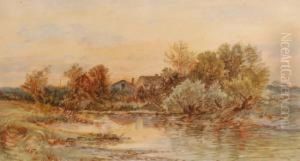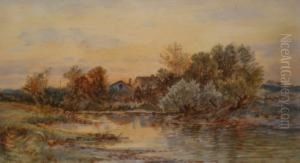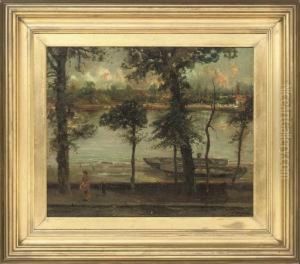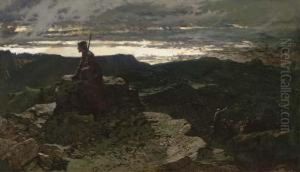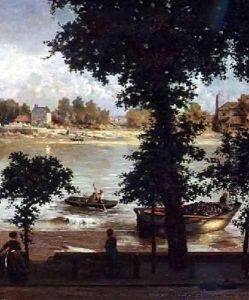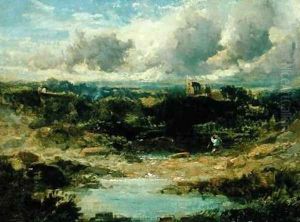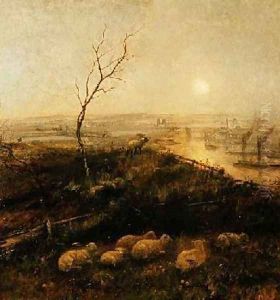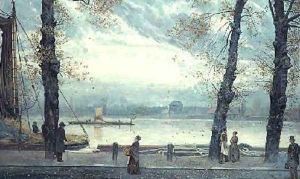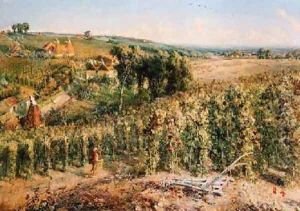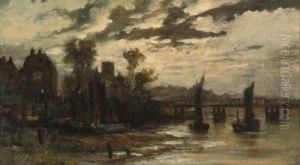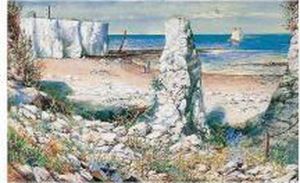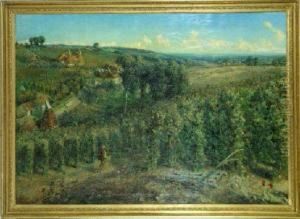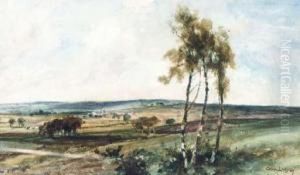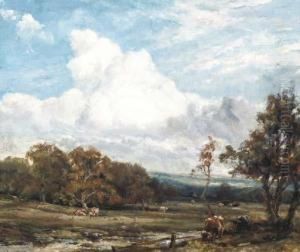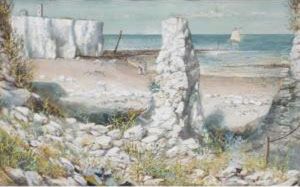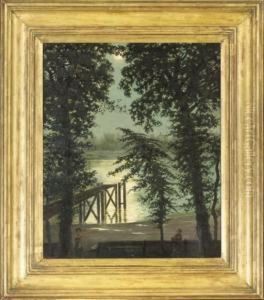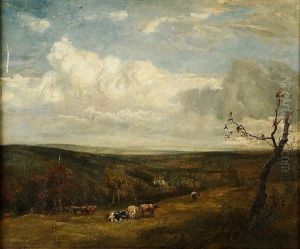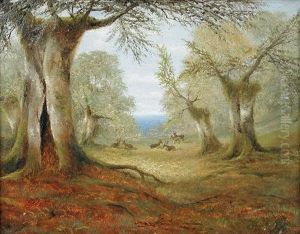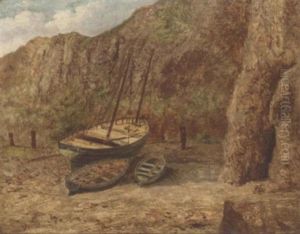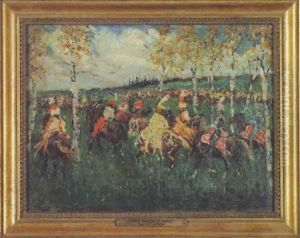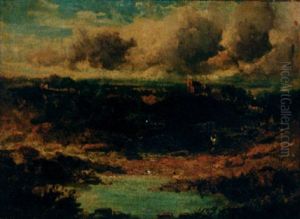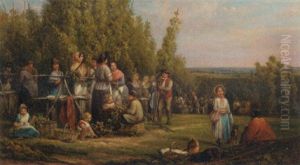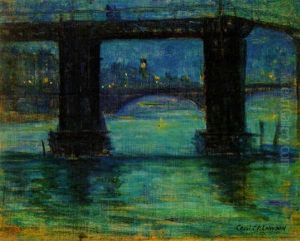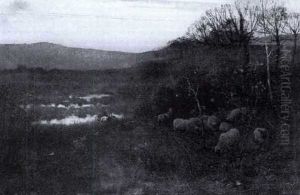Cecil Gordon Lawson Paintings
Cecil Gordon Lawson was a British landscape painter, born on December 3, 1851, in Wellington, Shropshire, England. He was the second son of William Lawson, a portrait artist, and his wife Isabella. Cecil Lawson showed a keen interest in art from an early age, undoubtedly influenced by his father's profession.
Lawson received his initial artistic education from his father and later studied at the Kensington School of Art. He began his career working as an illustrator, but his passion for landscape painting soon became the focus of his artistic pursuits. Influenced by the work of John Constable and the Pre-Raphaelite Brotherhood, Lawson developed a style that emphasized detailed naturalism combined with a romantic sensibility.
His works often featured dramatic landscapes, imbued with atmospheric effects and a sense of poignant melancholy. Lawson preferred painting rural scenes, particularly those featuring trees, which he depicted with remarkable detail and sensitivity. One of his most famous works, 'The August Moon', showcases his mastery in portraying the intricate play of light and shadow.
Despite his talent, Lawson struggled with financial difficulties and poor health. His work was well received by critics, and he was considered one of the most promising landscape painters of his generation, but his life was tragically cut short. Cecil Gordon Lawson died of a severe lung disease, believed to be tuberculosis, on June 10, 1882, at the age of 30, in London, England.
His untimely death meant that Lawson's body of work was relatively small, but it left a lasting impression on the art world. After his death, his peers and critics lamented the loss of such a gifted artist, whose full potential remained unfulfilled. Today, Lawson's paintings are appreciated for their emotional depth and technical skill, and they can be found in several prominent collections, including the Tate Gallery in London.
